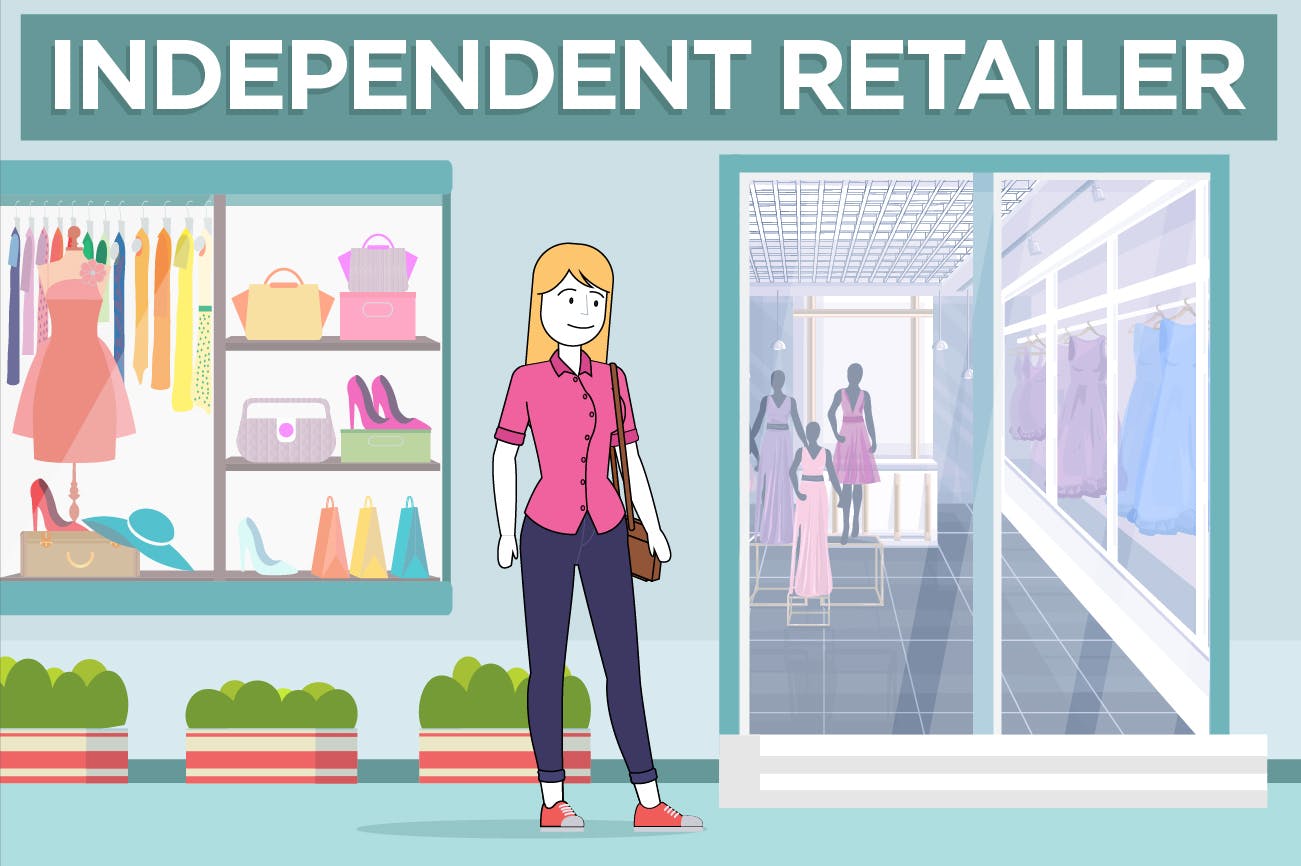Every time I hear the term “independent retailer” I can’t help but think of the classic Destiny’s Child hit, “Independent Women.” I realize I’m showing my age here, and I’m okay with that, but really, folks, throw your hands up at me and let’s talk about what it means to be an independent retailer, and why they are critical to the CPG industry.
The meaning of independent
In the song, Beyonce sings, “I depend on me if I want it,” and that is a great jumping off point to define just what makes an independent retailer, well, independent. Because in essence, an independent retailer is one that depends on itself to operate—they’re not under the umbrella of a larger parent retailer, for example in the grocery industry, like Kroger (which owns grocery retailers like Ralphs, Roundy’s, Fred Meyer, and Food 4 Less, to name a few) or Albertsons (which owns Safeway, Jewel, Randalls, Vons, and more). While there isn’t a single definition of what makes an independent retailer independent, one common attribute is that they operate four or fewer stores. (Though some may push back on that and say it’s more like 10 or fewer stores.) And according to the National Grocers Association, they make up a quarter of retail industry sales. They also account for 21,000 stores across the U.S.
While there is a lot to be said for being an independent retailer (more on that later), it can also be a challenge in the broader landscape of CPG retail. First, there are the misconceptions to deal with. For example, it’s not uncommon to hear the refrain that independent retailers’ stores are outdated, and their prices are too high.
And then there’s the fact that more and more stores are crowding into grocery retail, like Amazon’s new stores, the launch of Lidl in the U.S., and the spread of new Aldi stores across the country. What’s more, even before the onset of the COVID-19 pandemic, bigger retailers were upping their game when it came to grocery pickup and delivery. And now in the time of social distancing, those services have exploded for the larger retailers, while independent retailers can’t always keep up.
Despite these challenges, there are advantages to being—and working with—an independent retailer.
1. They are more nimble
When suppliers are working with independent retailers, they’re working with that retailer—not the retailer plus all of its investors. Independent retailers have more control over every aspect of their stores than a corporate retailer ever could. And because of that, there are fewer approvals and concessions needed when bringing on new products and vendors. Independent retailers are doing what’s best for their stores, rather than what’s best for creating bigger returns, which are what sometimes drive bigger chains.
2. Independent retailers create community
It’s not that bigger retailers don’t create a sense of community, it’s simply that oftentimes independent retailers are often the heart of a community. For some cities and towns, these independent retailers may be the main source of employment for residents, and they generate a good deal of income for the town itself. What’s more, they’re often long-standing establishments within the community, handed down from generation to generation. A study from the Global Entrepreneurship Monitor found that almost one in five entrepreneurs co-owned or co-managed their business with their family members. And because independent retailers create such an impression of the local culture within their community, they’re often looking for those brands and suppliers that will further create and enhance that feeling and provide regional, localized product mixes in their stores.
3. They cater to clients
To piggyback on points 1 and 2, as consumer shopping behaviors continue to shift, independent retailers continue to shift as well—and can often do so easily—to meet consumer needs and wants. In a 2018 interview with Progressive Grocer magazine, John Derderian, President and Chief Operating Officer of Allegiance Retail Services sums it up perfectly: “Independents can cater to the local population, by tying it to community programs and providing superior service and quality to what most of the major chains could do. [Larger retailers] can’t really replicate that neighborhood touch, that service touch.”
While Derderian goes on to add that it’s not enough for an independent retailer to simply rely on knowing their customers, and what they like—what’s important is that independent retailers and their suppliers are making sure their customers are satisfied. And ensuring that means providing the shopping experience their consumers want.
New Jersey-based Beauty Bridge is a great example of an independent retailer that has stretched its sales strategy to meet consumers where they are. While the retailer has a single brick-and-mortar store, they’ve ramped up their online multichannel offerings so their consumers can find the products they need any time, anywhere, earning a strong—and returning—consumer base.
It’s nothing short of demanding to be an independent retailer in today’s crowded, changing CPG landscape. But independent retailers are vital to CPG, and with continued innovation and embracing the change, they will remain a stronghold for the long haul.


